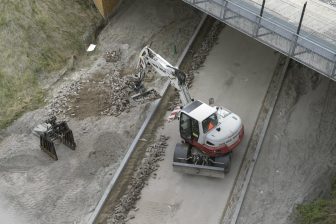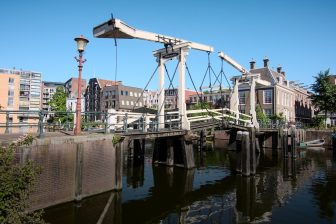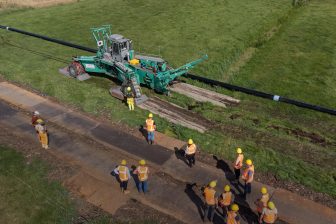First commercial train ran on the Betuweroute
Rotterdam, The Netherlands – The train left 2007-06-18 at 07.30 h. from the shunting area ‘Kijfhoek’ just outside the port area. The train runs twice a day and brings in corn from Hungary into the port for export. It passed the German-Dutch border at approx. 10.20 h. Once the system is running for 100%, the travelling time is approx. 1.5 hour.
For some time (still work going on especially on the new European safety system ERMTS) one train an hour is running the tracks. In 2009, Keyrail (exploitation company) expects some 110 trains per 24 hours. Gradually the number will grow to 240 trains (5 trains per direction per hour, a long term commercial target) and eventually 480 trains is the technical maximum.
The connecting rail in Germany has capacity available for 4 freight trains (other capacity is for passenger trains) per direction per hour. Despite pessimistic voices, this is enough to cover the expected demand until approx. 2013 a third track is ready for use in Germany. This coincides with the start if the first container terminals on the Second Maasvlakte.
Achtergrondinformatie (verzorgd door de redactie van Infrasite)
The Betuweroute starts operating
U las zojuist één van de gratis premium artikelen
Onbeperkt lezen? Profiteer nu van de introductieaanbieding voor € 10,- per maand.
Bent u al abonnee?



